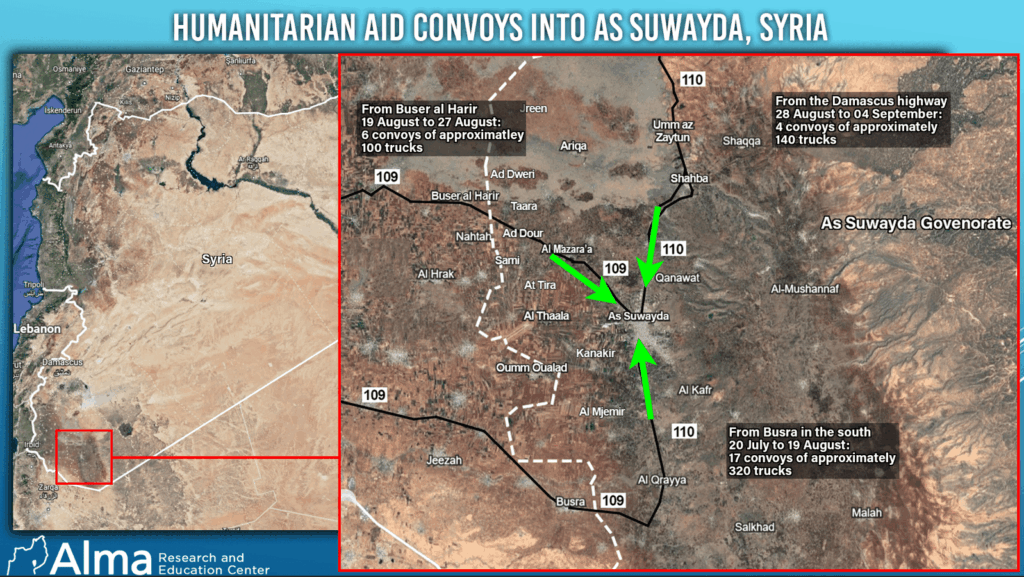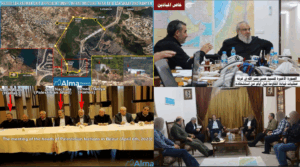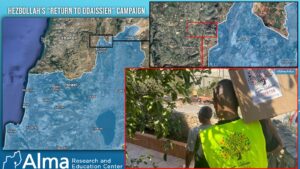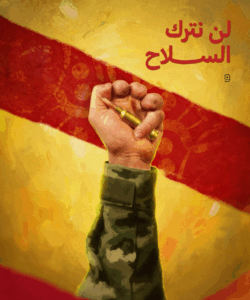With the end of the intense fighting in the Suwayda Governorate in mid-July 2025, between the Druze and Syrian regime forces and Bedouins, during which massacres, and war crimes were committed, regime forces began retreating on July 16-17 from the city of Suwayda and its surroundings.
In fact, as of the writing of these lines, regime forces have effectively remained in control of the entire western and northern parts of the Suwayda Governorate (in approximately 25 Druze villages that were captured) and control all access and supply routes to the Suwayda Governorate: from the south – Daraa and Busra al-Sham, from the west – Busra al-Harir, and from the north – the Damascus-Suwayda highway.
In the Suwayda Governorate, whose main city is Suwayda, an estimated 500,000 to 650,000 Druze live in the city of Suwayda and in dozens of small and medium-sized villages throughout the governorate.
As of today, the amount and frequency of supplies and humanitarian aid convoys to Suwayda do not provide the required response to the actual needs of the governorate’s population.
Although it appears that the road to Suwayda has been open to humanitarian aid convoys since July 20 and the siege on the governorate has ostensibly been lifted following the ceasefire with the regime, in fact, the amount and frequency of the convoys do not provide the necessary support for the Druze residents of the governorate.
In addition to the fact that the current water supply capacity to the Suwayda Governorate is only about 20% of the required 18,500 cubic meters for daily consumption, and that regime forces have not withdrawn and control the area where the main water source is located (Al-Tha’lah in the western governorate), the quantities of flour, fuel, and cooking gas delivered by the convoys are insufficient to meet the daily needs of the governorate’s residents. According to our data, these needs amount to approximately 160 tons of flour per day, 160,000 liters of fuel, and 4,000 cooking gas cylinders.
For example, flour consumption in Suwayda is currently almost entirely dependent on humanitarian aid. The monthly requirement is approximately 4,800 tons of flour. Since the aid convoys began entering about a month and a half ago (July 20), we estimate that only about one-third of the required amount has been delivered.
From July 20 to August 27, 2025, 28 humanitarian aid convoys entered Suwayda through two main crossings: Busra al-Sham in the south and Busra al-Harir in the west. The convoys, utilizing approximately 420 trucks, transported fuel, flour, medical supplies, baby food, cooking gas, and food.
At least 320 trucks entered through Busra al-Sham and at least 100 trucks through Busra al-Harir, averaging around 11 trucks every one to two days.
On August 28, 2025, the Syrian regime announced its intention to reopen the highway connecting from the north between Damascus and Suwayda, and indeed, on August 28, supply convoys began moving through this route, which became the main route and replaced the two routes from Busra al-Sham in the south and Busra al-Harir in the west.
Will the opening of the Damascus–Suwayda highway route provide an adequate response to the existing needs in terms of the quantity and frequency of supplies?
From August 28 to September 2, 2025, four convoys with a total of approximately 140 trucks entered the Suwayda Governorate from the northern route, coming from Damascus. In other words, in six days, one-third of the number of trucks that entered Suwayda over approximately one and a half months through the two previous crossings was delivered.
However, let us be clear. Based on the information available to us, the opening of the northern route is highly restricted and closely monitored by the regime. There is a very high presence of Syrian security forces on the highway, maintaining a dense network of checkpoints. The road is open only for supervised movement, and there is no normal commercial or civilian traffic to and from the Suwayda Governorate.
In conclusion, based on the above data, the trend of increasing the number of trucks and supplies to Suwayda, as reflected in the northern route from Damascus, must be maintained. We estimate that this increase should be at least threefold compared to what has been provided so far to meet the population’s needs in Suwayda.
The regime of al-Sharaa bears sole responsibility for this.







One Response
Dear Tal,
Thanks again for your good reporting of events in Syria. This is another classic example of terrorist lies and propaganda: making false accusations of genocide in Gaza, while attempting to commit actual genocide in Syria. Action must be taken immediately to stop the REAL genocide occurring and insidiously disguised by the Syrian terrorist jihaddists.
Enforce Justice!
Protect the innocent!
Destroy the wicked jihaddist liars.